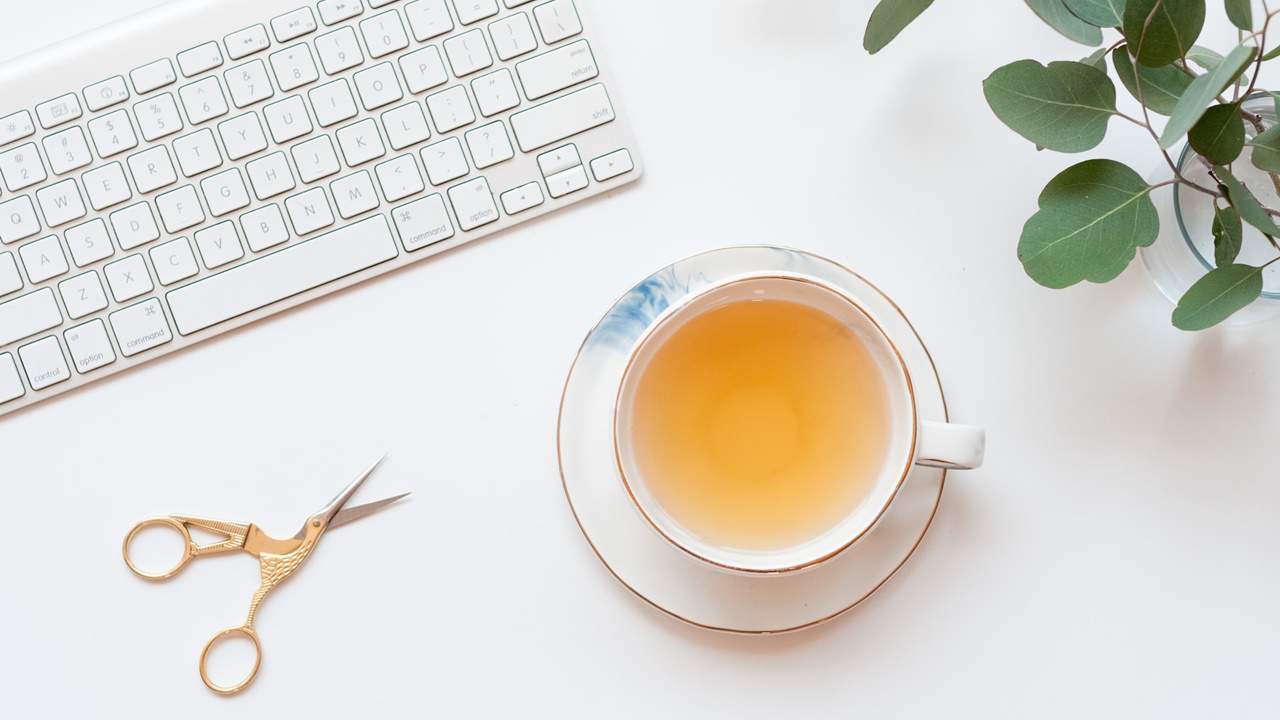In the world of tea, the term “chesty” refers to a characteristic that can be found in certain teas. It is a term primarily used to describe the flavor profile and the overall sensation experienced when drinking a particular type of tea. Understanding what chesty means in tea terms can help tea enthusiasts appreciate and choose teas that align with their preferences.
1. What is Chesty?
When tea enthusiasts talk about a tea being chesty, they are usually referring to a specific attribute of the tea’s flavor profile. Chesty teas typically exhibit a thick, heavy, and robust taste that lingers on the palate. The term “chesty” is often associated with teas that possess a strong and bold flavor profile, sometimes with a certain degree of astringency, giving the sensation of a full-bodied tea.
2. Factors that contribute to a Chesty Tea
There are various factors that can contribute to a tea being chesty. Here are some key elements to consider:
- Tea Type: Different tea types can exhibit chesty flavors to varying degrees. For example, black teas, especially those from certain regions like Assam or Yunnan, are often more likely to have a chesty character.
- Processing: The way the tea leaves are processed can influence the chestiness of the final product. Teas that undergo extensive oxidation and fermentation processes tend to develop more chesty flavors.
- Leaf Grade: The grade of the tea leaves can also impact the chestiness. Higher quality whole leaf teas are more likely to have a chestier profile compared to broken leaf teas.
3. Identifying Chesty Teas
Identifying a chesty tea requires paying attention to various aspects of the tea’s flavor. Here are some characteristics that can help you identify a chesty tea:
- Full-bodied Flavor: Chesty teas tend to have a rich, full-bodied flavor that coats the mouth. The taste is often bold, robust, and sometimes accompanied by a hint of astringency.
- Lingering Aftertaste: A chesty tea will leave a strong and lasting aftertaste, lingering on the palate for a while even after you’ve finished sipping.
- Thick Liquor: The tea’s liquor will usually appear thicker and denser, often taking on a darker color.
4. Enjoying and Pairing Chesty Teas
For those who enjoy a bold and robust flavor in their teas, chesty teas can be a delight. Here are some tips on how to fully enjoy and pair chesty teas:
- Brewing Time: Adjust the brewing time to suit your taste preferences. Longer steeping times can enhance the chestiness, but be cautious not to overdo it, as it might result in bitterness.
- Food Pairings: Chesty teas can pair well with foods that can hold up to their robust flavor. Consider pairing them with hearty dishes, dark chocolate, or nutty desserts to complement the tea’s characteristics.
- Experiment: Try different teas and explore various regions and processing methods to discover your preferred chesty teas. Everyone’s taste buds are unique, so experimenting is key to finding what resonates best with you.
5. Alternatives to Chesty Teas
While chesty teas can be a treat for some tea enthusiasts, others may prefer milder and lighter teas. Here are a few alternatives to consider:
| Tea Type | Flavor Profile |
|---|---|
| Green Tea | Grassy, vegetal, refreshing |
| White Tea | Delicate, subtle, floral |
| Oolong Tea | Moderate to bold flavor range, fruity or floral notes |
These tea types offer a contrasting experience to the chesty teas, providing a lighter and more nuanced flavor profile.
When exploring the fascinating world of tea, understanding terms like chesty can deepen your appreciation for the delightful range of flavors and sensations that teas have to offer. Whether you prefer chesty teas or opt for milder alternatives, tea drinking is ultimately a personal journey of exploration and enjoyment.

